Madonna with Child and Saint John
Oil on board, cm 158 x 78
The work in question represents in half a figure the Madonna supporting the Child Jesus, who tenderly leans his head to that of her. Saint John emerges from one side taking the child’s hand and foot. On the bottom appears a host of cherubim that highlight the divine character of the representation.
The composition of the work examined repeats, but specularly, that of the Madonna with Child and Saint John present at the Uffizi that until the second half of the nineteenth century was remembered in the collection of Cardinal Leopoldo as a work of the Venetian master Titian Vecellio (1488/1490- 1576). Giovanni Battista Cavalcaselle and Joseph Archer Crowe consider the Uffizi painting a workshop work. Some scholars place the Uffizi version in the sixth decade of the sixteenth century, on the basis of a similarity between the face of the Virgin and that of Venus and Amorinus, also known as the wife of Titian. Harold Wethey approaches to the Uffizi painting the one remembered until the mid-eighteenth century at Palazzo Barberini in Rome. A painting depicting the same subject is preserved and recorded as early as the seventeenth century and attributed to Titian in an inventory of 1638 in the collection of Palazzo Giustiniani, but with the variant of Saint John not grasping the foot of Jesus, and different are also the position and hairstyle of the Virgin. From this work is also obtained an engraving by the Dutch designer and engraver Cornelis Bloemaert (1603-1692), published in the Galleria Giustiniana. Another example of this painting is at the Fesch Museum in Ajaccio.
The existence of many replicas of this painting, including several considered for a long time autographs of the master, suggests the existence of a prototype made by Titian, now gone, and of which it is difficult to fix a chronological indication. The attitude of mother and son can recall that of the Madonna and Child by Andrea Mantegna at the Pinacoteca di Brera in Milan, also surrounded by a rich group of cherubim, which may lead one to think that the authentic work of Titian can also be a youth work.
It has already been said how the painting in question resumes the composition of the above mentioned versions, but in a specular way; this element indicates that the artist was based on an engraving, probably not that of Bloemaert who takes up a slightly different composition in the relationship between Saint John and the Child Jesus. Our Lady’s gaze also varies, not facing an indefinite point, but straight towards the viewer. the work is distinguished by the rendering of fabrics, particularly enlightened so as to give the idea of the material of which they are made, taking up the ways of the Titian of the Metropolitan Museum of New York 1510, or the Madonna and Child, John the Baptist and a saint at the National Gallery of Scotland in Edinburgh, 1514.
The group of cherubim is comparable to that which Titian inserts in Apparition of Christ to his mother, 1554 in Medole, church of the Assumption of the Virgin.
With Ars Antiqua you can defer all amounts up to € 7,500 at ZERO RATE, for a total of 15 INSTALLMENTS.
Ex. Tot. € 4,500 = Monthly installment € 300 for 15 months.
Ex. Tot. € 3,600 = Monthly installment € 720 for 5 months.
For amounts over €7,500 or for a longer grace period (over 15 installments), we can provide a custom payment.
Contact us directly to get the best quote.
LIVE TV
- SUNDAY 17.00 - 21.00 Dig.terr. 126 + 813 SKY
- Streaming on our website www.arsantiquasrl.com and on our social networks Facebook and Youtube
All the works proposed by Ars Antiqua are sold accompanied by a certificate of authenticity in accordance with the law and accurate fact sheet.
You can see the works directly at the showroom gallery in Milan, in via Pisacane 55 and 57.
We personally organize transport and deliveries of the works, both for Italy and abroad.




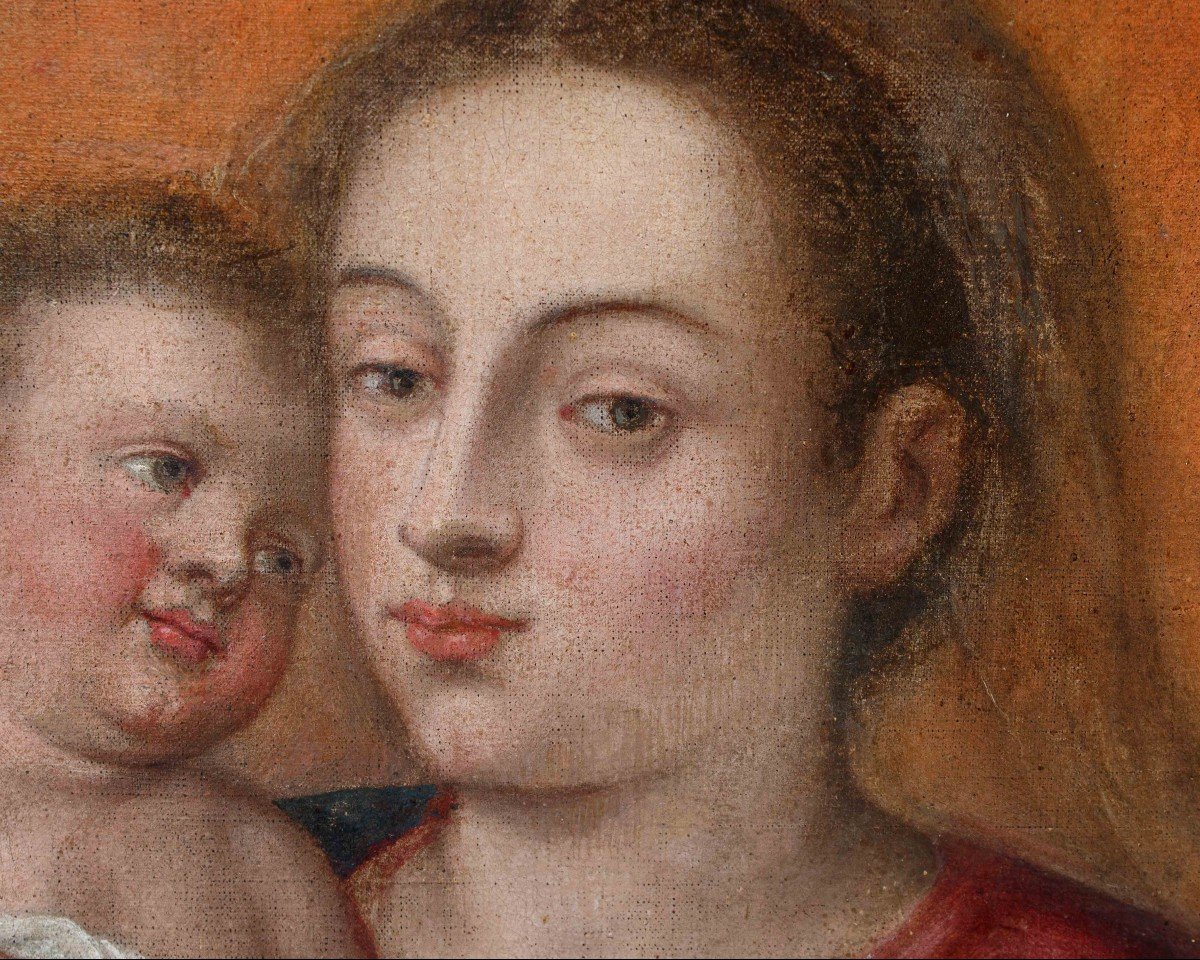
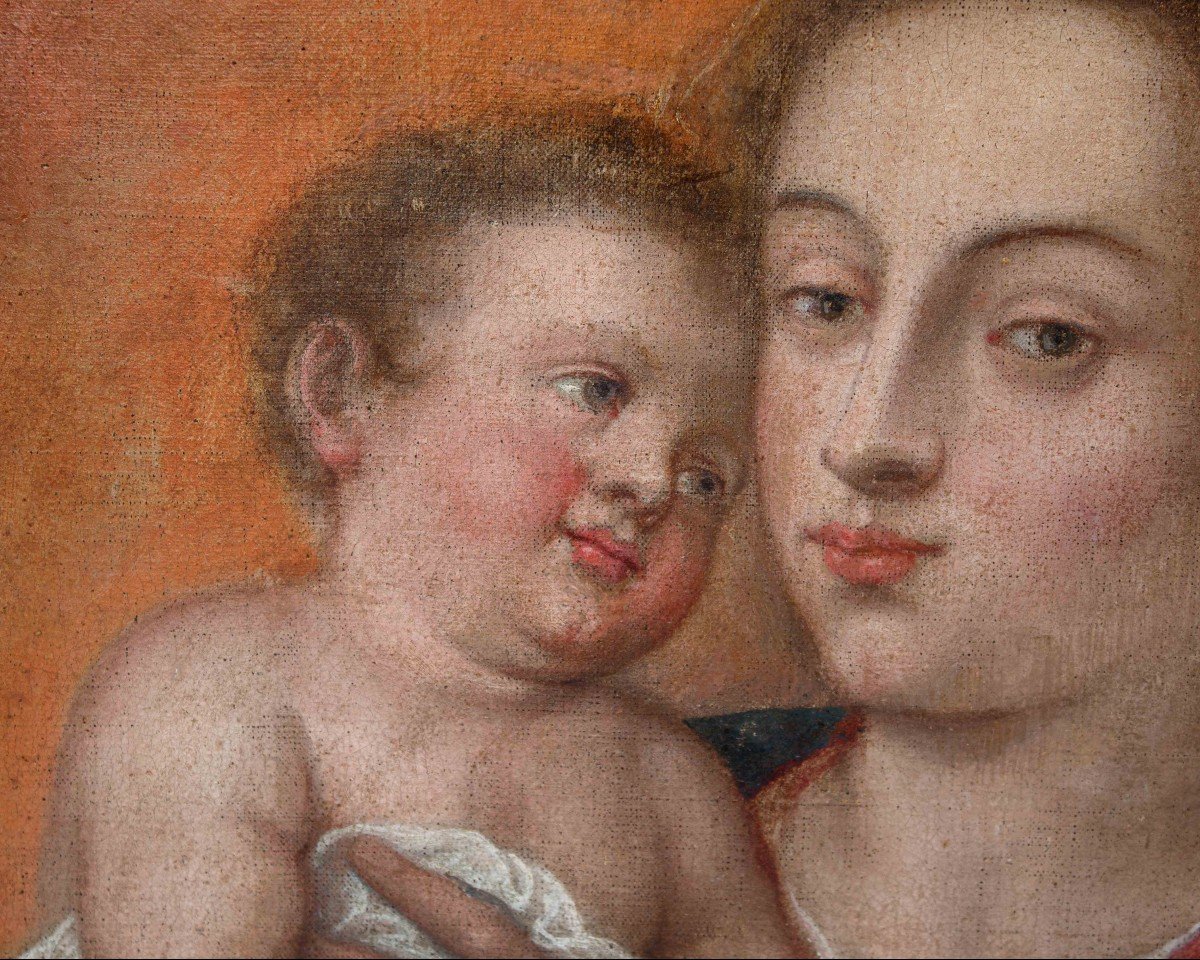


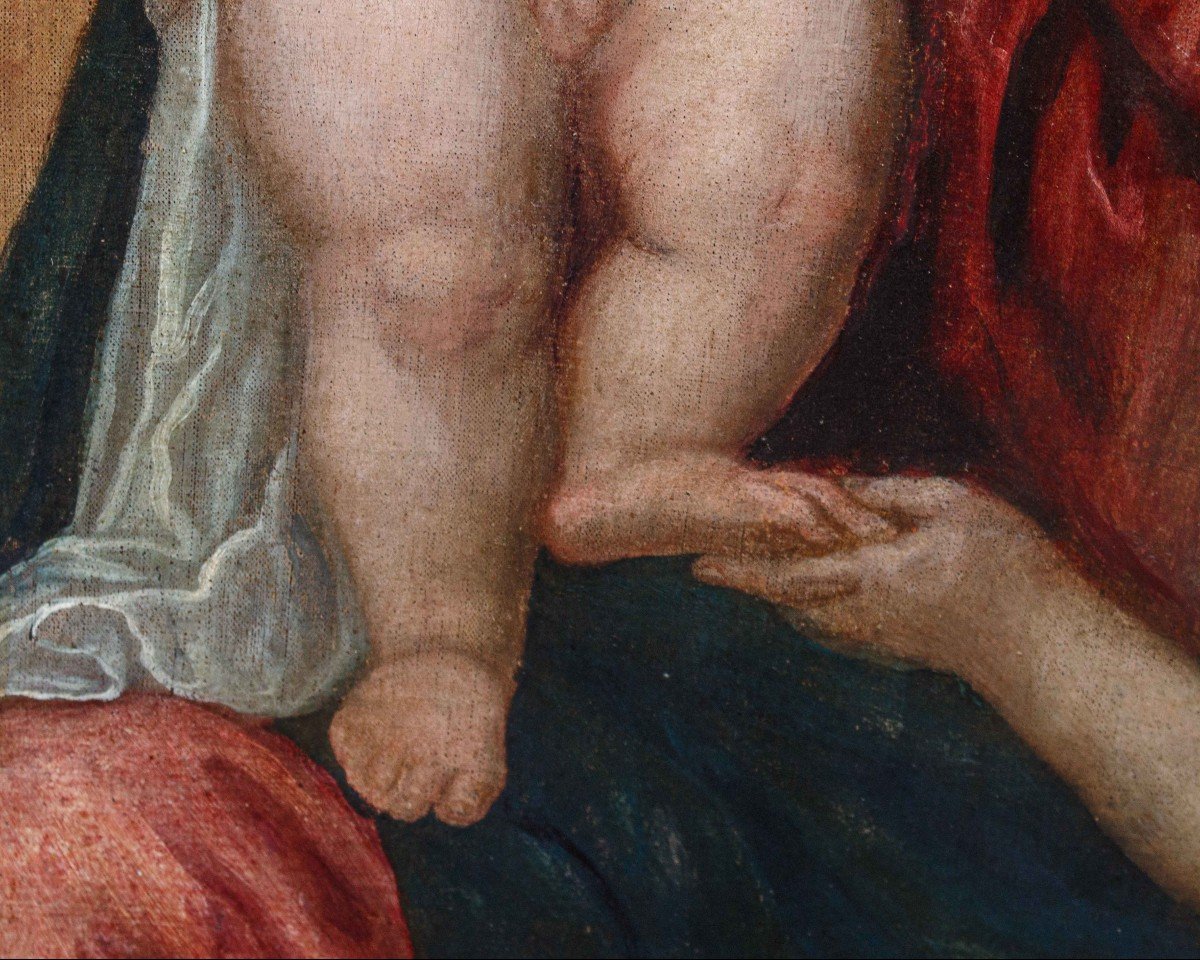
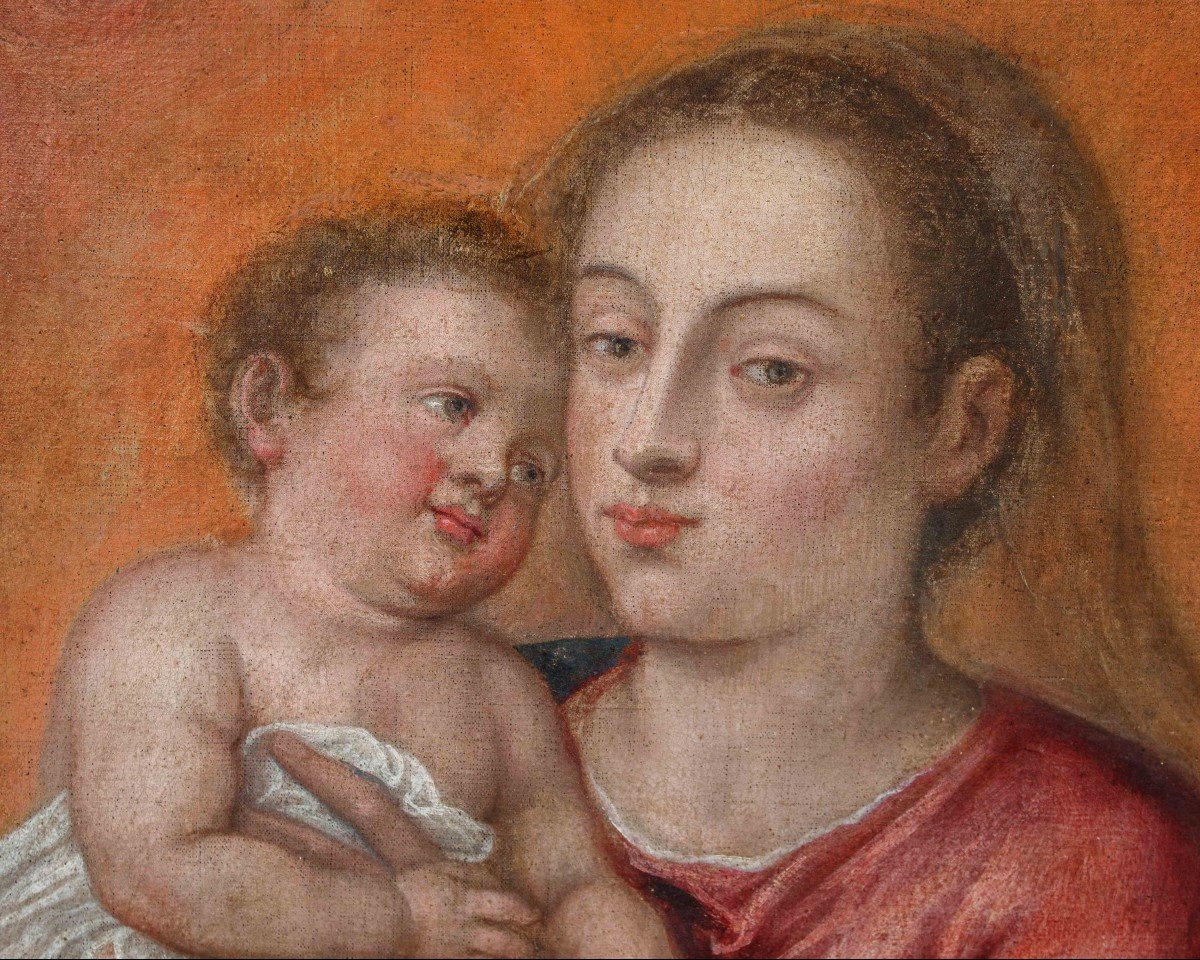


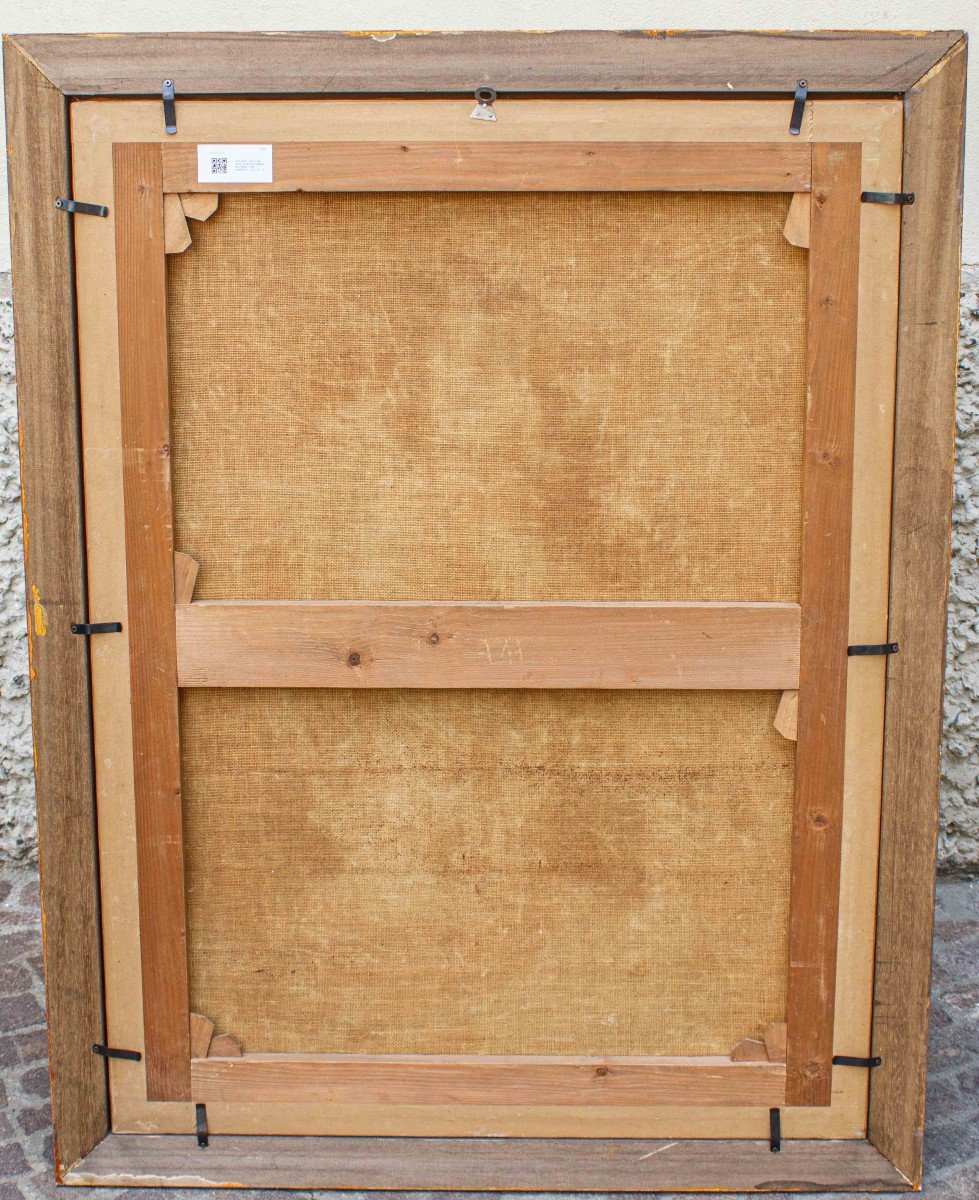

























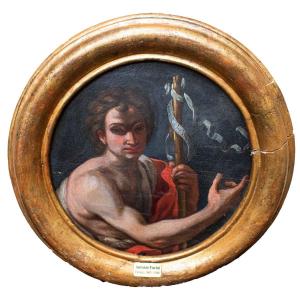









 Le Magazine de PROANTIC
Le Magazine de PROANTIC TRÉSORS Magazine
TRÉSORS Magazine Rivista Artiquariato
Rivista Artiquariato